Innovative Therapeutic Developments
Innovative therapeutic developments are significantly influencing the Hemiplegic Migraine Market. The introduction of novel pharmacological agents, including targeted therapies and biologics, has transformed treatment paradigms. For instance, recent advancements in CGRP inhibitors have shown promise in reducing the frequency and severity of hemiplegic migraine attacks. Market data indicates that The Hemiplegic Migraine Market is projected to reach USD 4.5 billion by 2026, with a substantial portion attributed to hemiplegic migraine treatments. This influx of innovative therapies not only enhances patient outcomes but also stimulates competition among pharmaceutical companies, thereby driving further investment and research in the Hemiplegic Migraine Market.
Enhanced Patient Support and Advocacy
Enhanced patient support and advocacy initiatives are playing a crucial role in shaping the Hemiplegic Migraine Market. Organizations dedicated to raising awareness about hemiplegic migraine are increasingly providing resources, education, and support to affected individuals and their families. This growing network of advocacy is likely to empower patients, encouraging them to seek timely medical intervention and adhere to treatment regimens. Furthermore, as awareness increases, healthcare providers may be more inclined to prioritize hemiplegic migraine in their practice, leading to improved diagnosis and management. Consequently, the emphasis on patient support and advocacy is expected to contribute positively to the growth trajectory of the Hemiplegic Migraine Market.
Rising Incidence of Hemiplegic Migraine
The rising incidence of hemiplegic migraine appears to be a pivotal driver for the Hemiplegic Migraine Market. Recent epidemiological studies indicate that the prevalence of hemiplegic migraine is increasing, with estimates suggesting that it affects approximately 0.01% to 0.1% of the population. This growing recognition of hemiplegic migraine as a distinct clinical entity has led to heightened awareness among healthcare professionals and patients alike. Consequently, the demand for effective treatment options is likely to surge, propelling the market forward. Furthermore, as more individuals are diagnosed, the need for specialized care and management strategies becomes increasingly apparent, thereby fostering growth within the Hemiplegic Migraine Market.
Increased Focus on Personalized Medicine
The increased focus on personalized medicine is emerging as a crucial driver for the Hemiplegic Migraine Market. Tailoring treatment approaches to individual patient profiles, including genetic and environmental factors, is gaining traction. This paradigm shift is particularly relevant for hemiplegic migraine, where genetic mutations play a significant role in pathophysiology. As healthcare providers adopt more personalized strategies, the demand for diagnostic tools and targeted therapies is likely to rise. Market analysts suggest that the personalized medicine sector could account for a substantial share of the overall migraine treatment market, thereby enhancing the growth prospects of the Hemiplegic Migraine Market.
Growing Investment in Research and Development
Growing investment in research and development (R&D) is a vital driver for the Hemiplegic Migraine Market. Pharmaceutical companies and research institutions are increasingly allocating resources to explore the underlying mechanisms of hemiplegic migraine and develop novel treatment modalities. Recent funding trends indicate a significant uptick in R&D expenditures, with estimates suggesting that the global investment in migraine research could exceed USD 1 billion by 2025. This influx of capital is likely to accelerate the discovery of new therapies and improve existing treatment options, thereby fostering growth within the Hemiplegic Migraine Market. As R&D efforts continue to expand, the potential for breakthrough innovations remains promising.
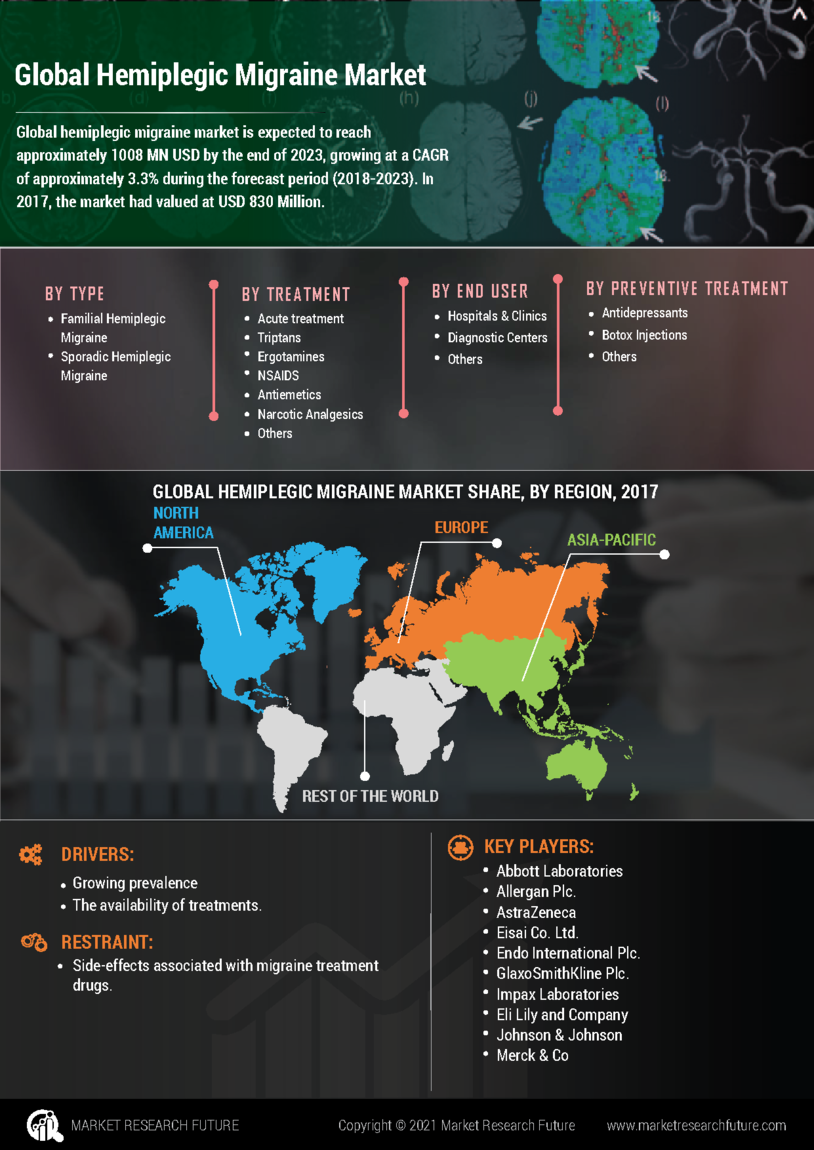

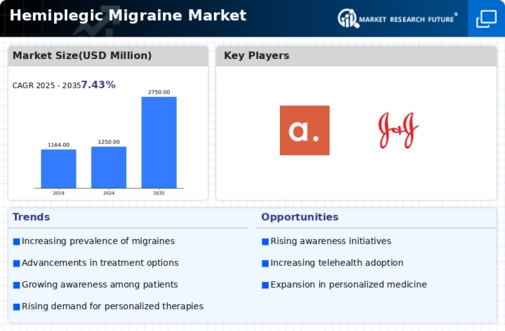
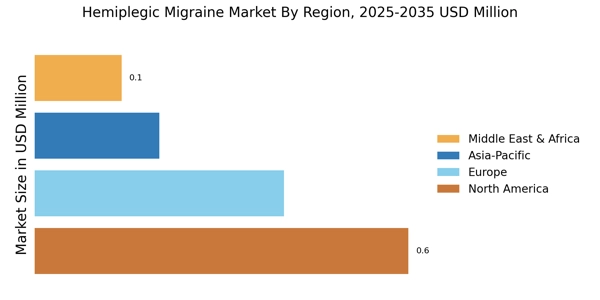
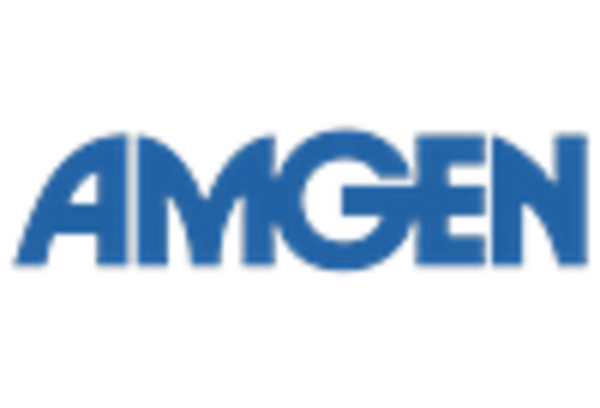
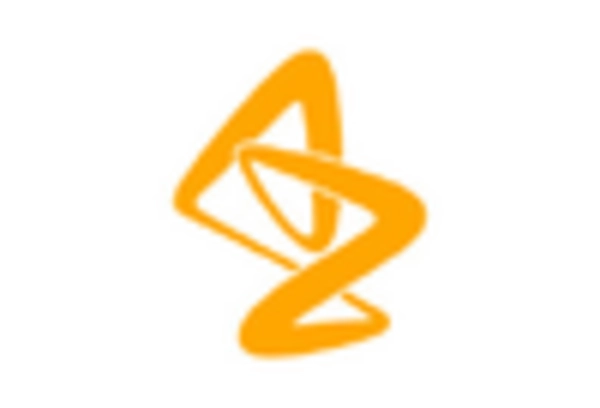












Leave a Comment